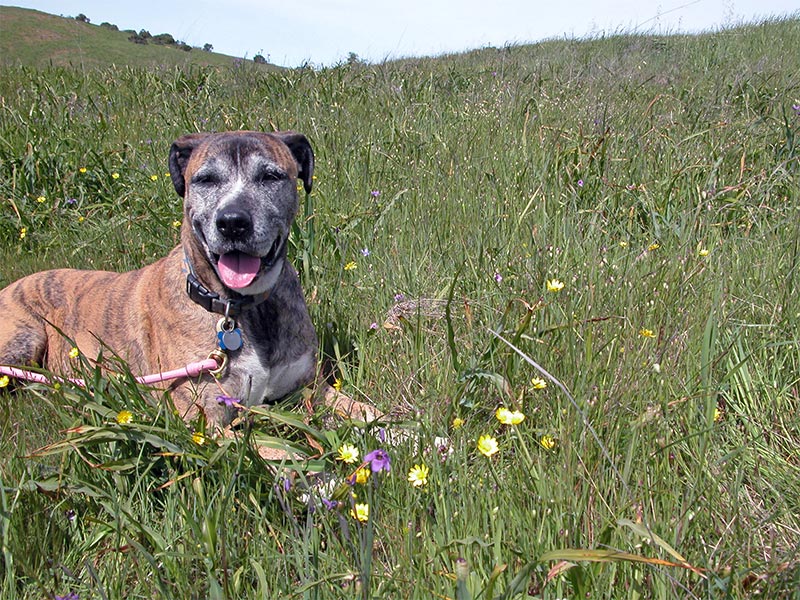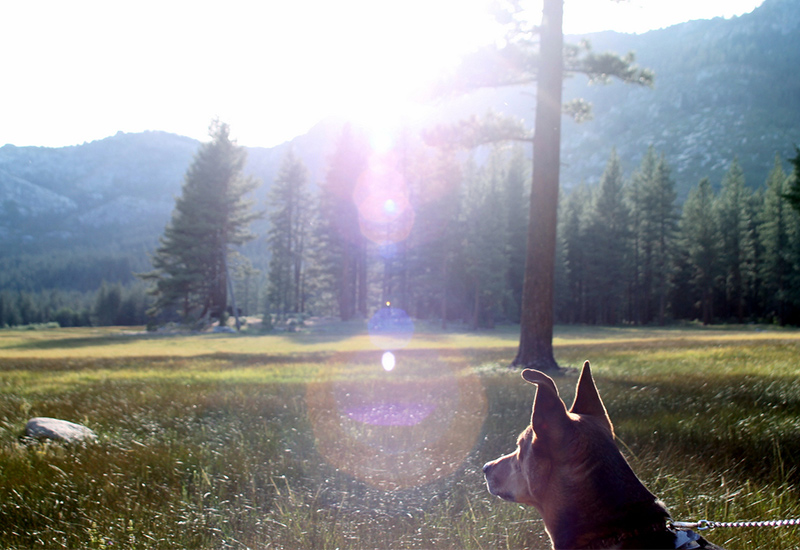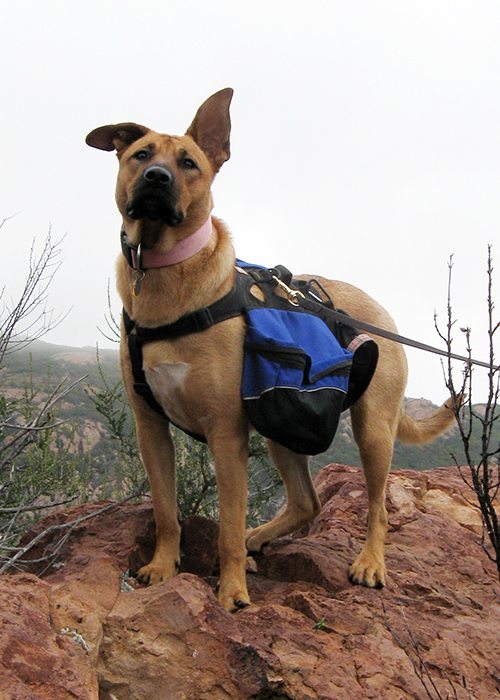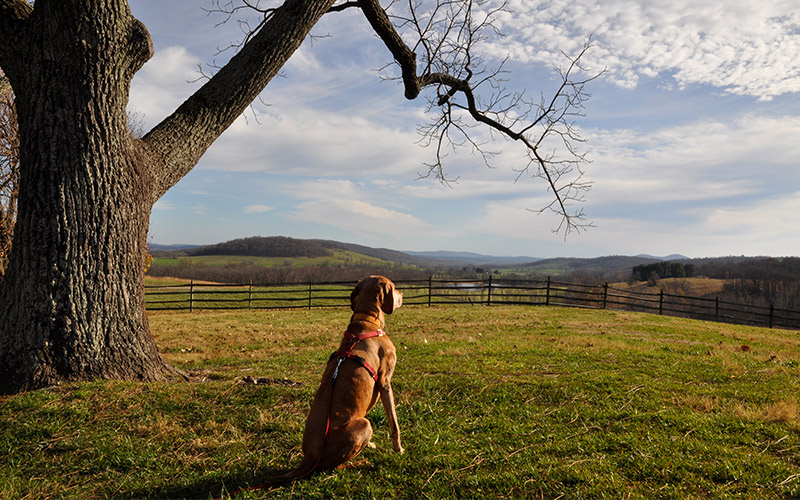By Suah Cheong, American Forests
Besides your four-legged friend, another great companion to your favorite hike is the perfect playlist. Check out last week’s Spotify Playlist!
I know I’m not alone in admitting that I love my dog. My being away at college has limited the amount of time we get to spend with each other, but not a single moment we get together is wasted.
Luckily for me, my dog loves being outside just as much as I do! Charlie is a four-pound Maltese, so I can’t take him with me on my higher-intensity hikes, but we’re constantly hitting some of the smaller trails near our house. He may be tiny and fragile, but nothing gets him fired up quite like adventuring among the trees.
Dogs can make excellent trail buddies, but there are a few things you’ll need to consider before you take your furry friend on your next hike.

Permits and trail regulations
You may be thrilled to take your dog on your outdoor adventure, but not all trails and recreational areas allow dogs. In fact, most national parks in the U.S. don’t allow dogs to share the trails. Be sure to do your research before you head out. What kind of pet rules are in place? Do you need to obtain a permit before you bring your dog there? What are the leash laws for the area? Finding out about pet regulations beforehand is essential to your hike and will make the experience much more pleasant for both you and your dog.

Health and fitness
It’s also crucial to consider your dog’s health and fitness level before you take him or her outside. If you plan to hike several miles, but your daily dog walk consists of a quick stroll around the block, your dog might not be ready to join you. Are there any health conditions that might make the trip more strenuous for your furry companion? Consider your dog’s age — might he or she have physical ailments like stiff joints that would make hiking too difficult? Make an honest assessment of your dog’s fitness level before your trip, and make sure that he or she can comfortably go the distance.
According to Outdoors.org, “almost any breed or mixed breed over 40 pounds should make a good hiker-dog.” Of course, this is not to say that your smaller dog can’t join you on your hike. A highly active Maltese like Charlie might be more physically ready to hike than a sedentary dog several times his size, given that the trail is relatively short and flat. Dog owners should be aware that not every dog can take every trail. When in doubt, your vet is a great resource for dog fitness information.

Trail manners
When you take your dog hiking, remain respectful of the other hikers sharing the trails. Keep your dog with you and in your sight at all times, and give other hikers the right of way. Read a comprehensive list of trail etiquette tips.

Weather conditions and trail safety
No matter how healthy or active your dog may be, there are some weather conditions that will make hiking far more difficult for him or her. Be aware of the range in which your dog is comfortable. If it’s chilly outside and your dog doesn’t do very well with colder temperatures, consider purchasing cold weather attire, or maybe save that hike for a warmer day. Dogs can get hypothermia just like people, so make sure you are well-equipped for the weather. Your dog will be much happier and safer.
Hot weather can also be very challenging for dogs. Be aware that your dog might be less capable of handling heat than you are, and plan your trip accordingly. Take it slow, stop for breaks, and make sure your dog stays consistently hydrated. Keep in mind that your dog can’t talk to you when something’s wrong. Watch carefully for warning signs like excessive panting, refusing to move, increased salivation, bright red tongue, red or pale gums and general weakness. (Here’s a great resource for trail safety).

What to bring with you
- Leash
- Collar with your contact information and your dog’s rabies tag
- Water and water dish
- Plastic bags for sites that require you to pick up your dog’s waste
- Dog brush to keep your dog’s fur de-burred
- Dog booties to protect sensitive dog paws
- Dog first-aid kit
After you take these important factors into consideration, you and your furry friend are ready to hit the trails! Your dog might even enjoy hiking more than you do, which is certainly the case with Charlie.